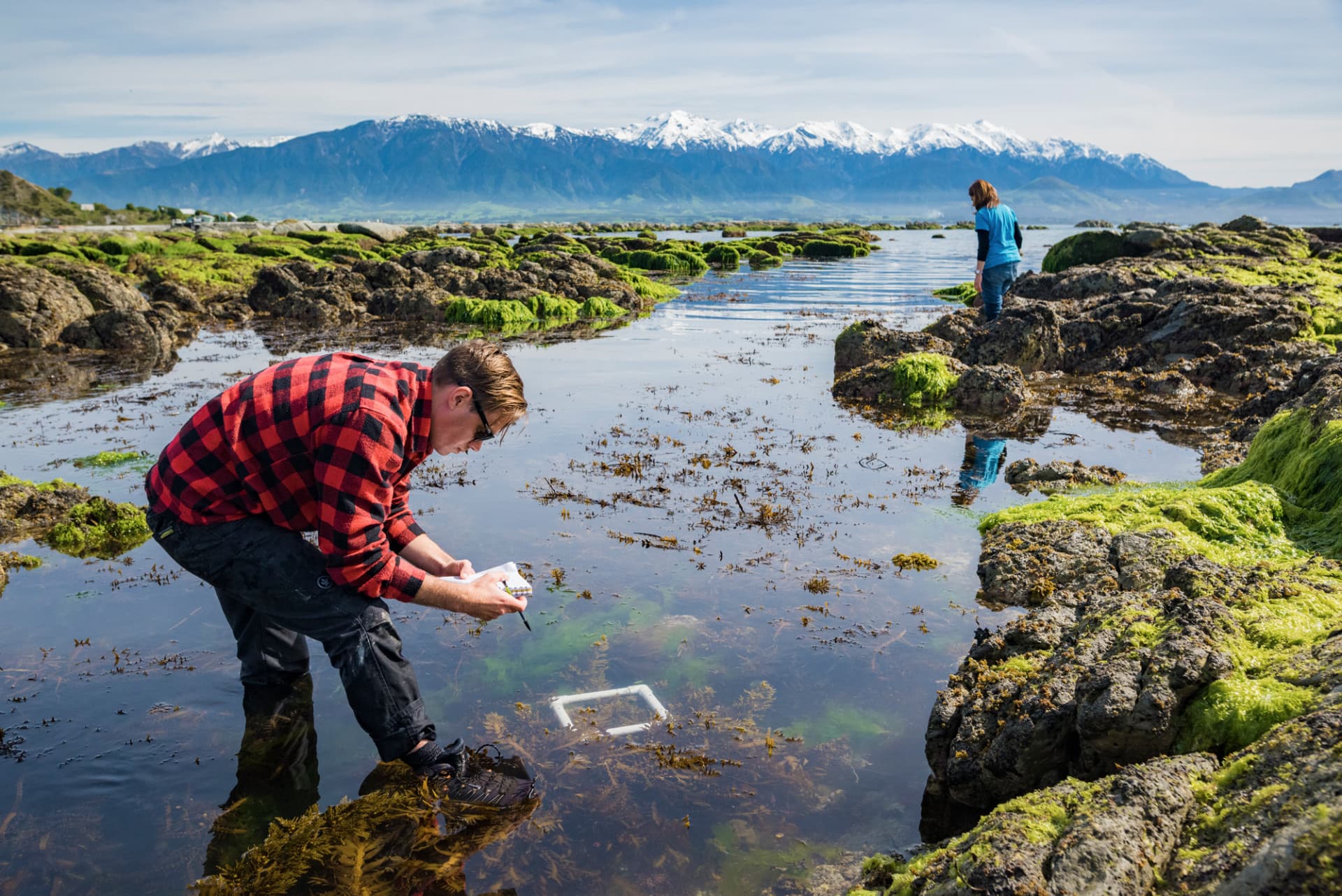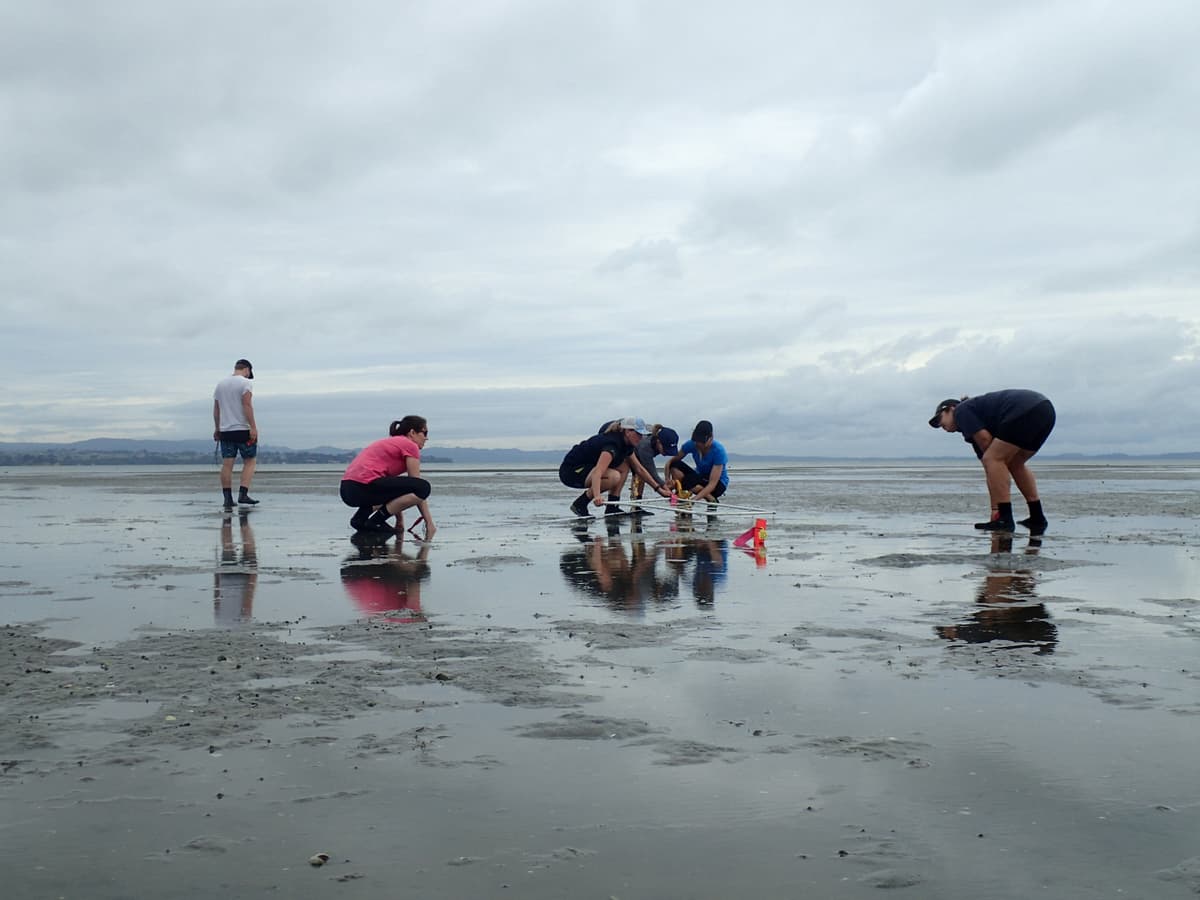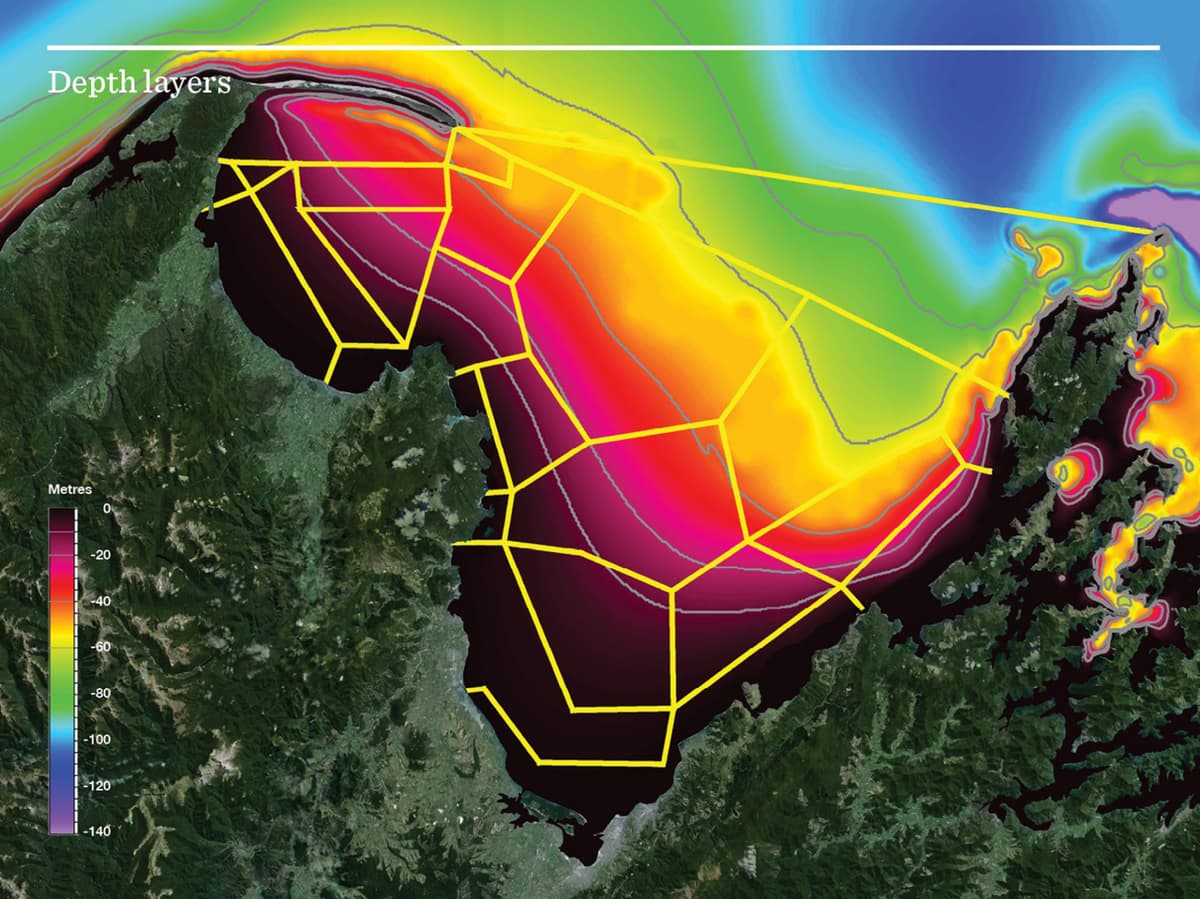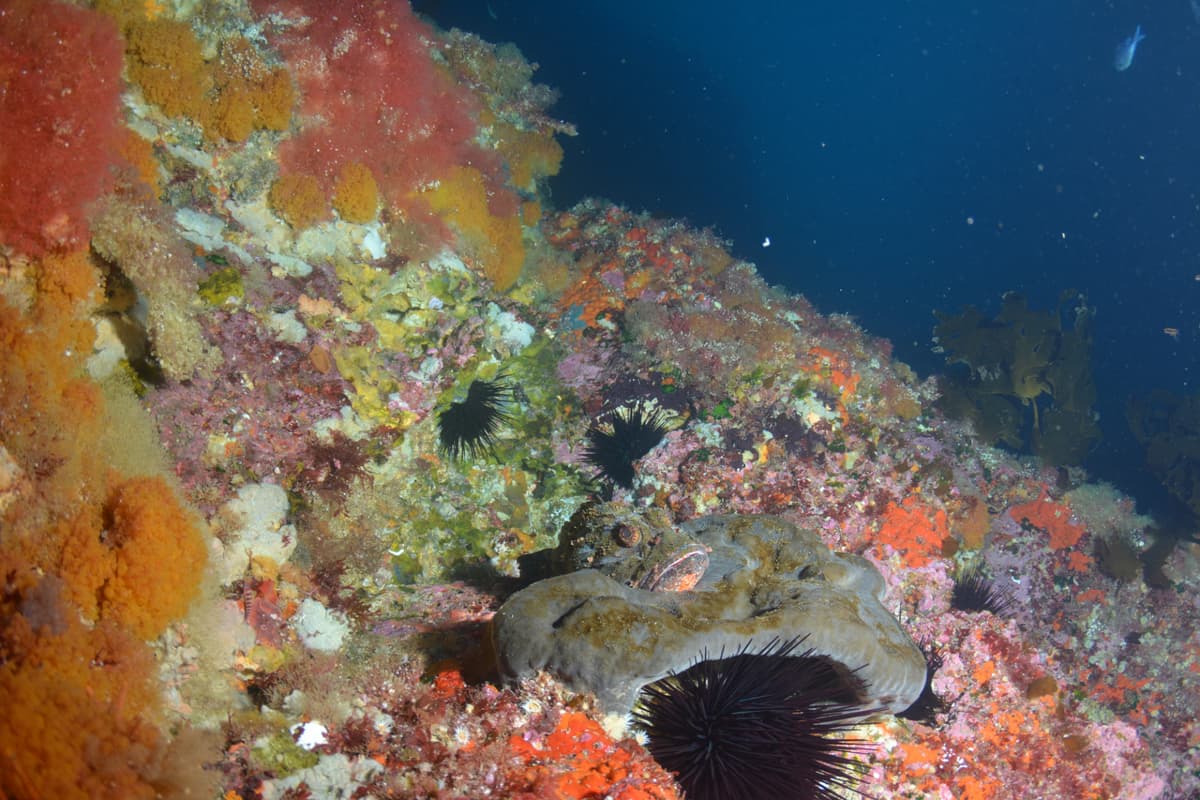

We investigated the recovery and resilience of kelp forests associated with the 2016 Kaikōura earthquake.
| Project Leader | Duration | Budget |
|---|---|---|
| Leigh Tait (NIWA) | July 2017 – June 2019 | $300,000 |
The uplift of Kaikōura’s coastline following the November 2016 earthquakes caused an unprecedented loss of kelp forests, which provide many important ecosystem services.
We investigated how the loss of kelp has modified the coastal environment. Kelp are a dominant species with several important roles: they fix carbon, provide habitat and food for sea creatures including taonga species like paua, buffer wave disturbance and increase dissolved oxygen. Loss of kelp has greatly reduced these ecological services along the Kaikōura coast.
We used gradients of kelp loss to understand the alteration of ecosystem services across the Kaikōura coast. The magnitude of kelp loss across coast-wide gradients of turbidity will also inform us about the critical needs for kelp forests to survive, sustain ecosystem services and maintain biodiversity. We are assessing:
We have found that areas with significant kelp loss are vulnerable to suspended sediments because it reduces the light available for the plants to thrive. Pre-earthquake sediment levels had already restricted kelp to shallow waters. Post-earthquake the additional sediment associated with landslips may compromise recovery where ecological services are diminished.
Our research provides a whole-coast assessment of potential kelp loss and identifies critical tipping points that have caused a loss of ecosystem services. This will inform sustainable management of kelp forests in the region by highlighting areas where recovery is likely, unlikely or may require intervention.
This project has produced or contributed to:


